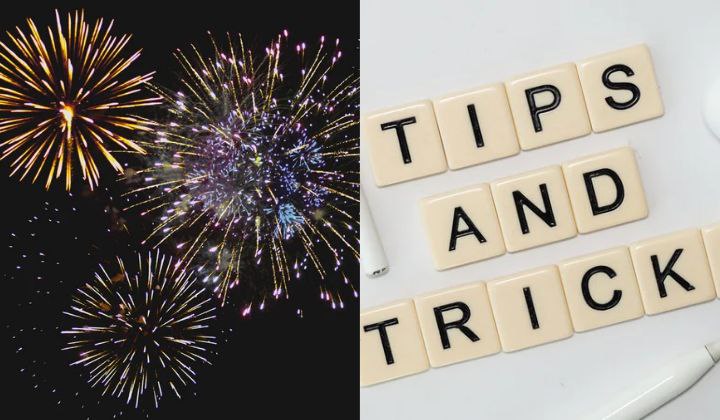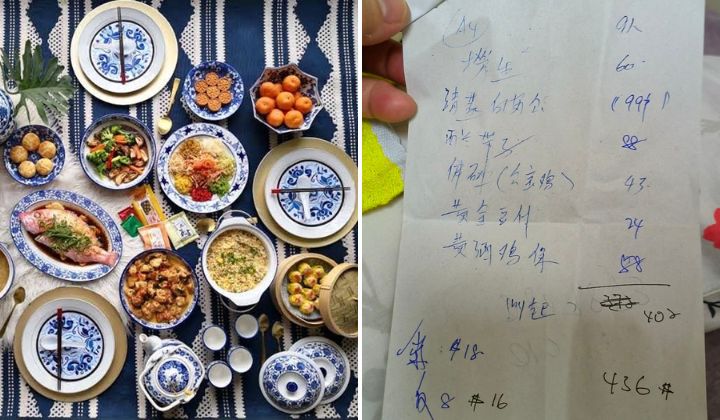“Gong Xi Fa Cai” Or “Kung Hei Fatt Choy”: Which Is Correct?
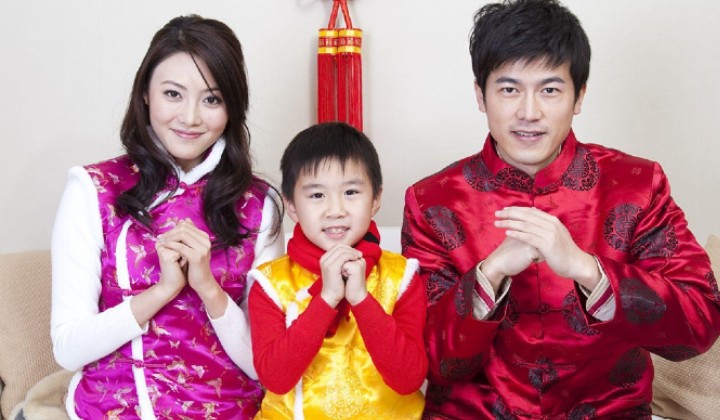
Come Chinese New Year in Malaysia, you will see greetings splashed all over the place. But have you ever wondered why they are spelled, and spoken, differently? Is there a “correct” version?
The difference is the language in which it’s spoken. Gong Xi Fa Cai is Mandarin, while Kung Hei Fatt Choy is Cantonese. In Hokkien, it’s pronounced Kiong Hee Huat Tsai.
They actually refer to the same four characters, æå–œå‘è´¢, which is a common greeting during Chinese New Year. The phrase literally means “Congratulations and prosperity to you!”.

(Credit: 88tph)
While most Malaysians understand whichever language the greeting is in, it would be nice to tailor your greeting for the appropriate people.
The ethnic Chinese in Malaysia originally migrated from different parts of China and settled in the country according to their spoken dialect.
As a very general guide, most of the Chinese in KL speak Cantonese, those in Penang and Klang speak Hokkien, those in Kota Kinabalu speak Hakka, and those in Johor Bahru speak Teochew.
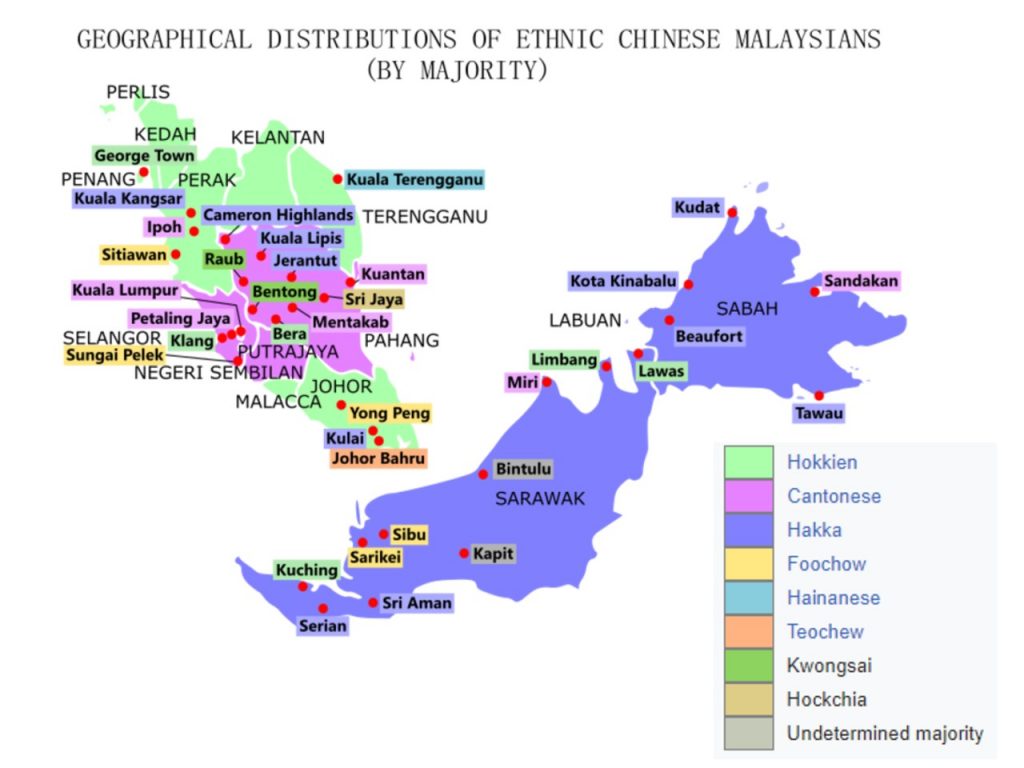
(Credit: Wikipedia Media Commons)
After that, the languages spoken became localized, which is why Penang Hokkien and Klang Hokkien are different too.
Among the ethnic Chinese that speak different dialects, they often revert to Mandarin since they can vary and can be unintelligible to someone who doesn’t speak that dialect.
Most Chinese Malaysians understand and communicate in Standard Mandarin, or the more colloquial Malaysian Mandarin.
Malaysian Mandarin is a variant of Standard Mandarin, but many consider it a dialect in its own right.
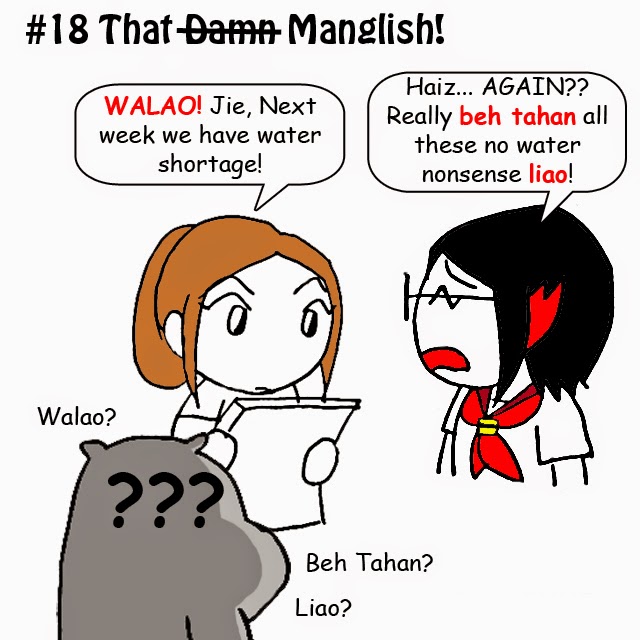
(Credit: Anfield Yee)
This is because Malaysian Mandarin uses many loanwords from English and Malay in daily conversations, which results in our well-loved “Rojak language”.
Malaysian Mandarin is also characterised by our use of glottal stops (the fancy word for ‘-lah‘ and other similar sounds) to bring significant meaning into the language.
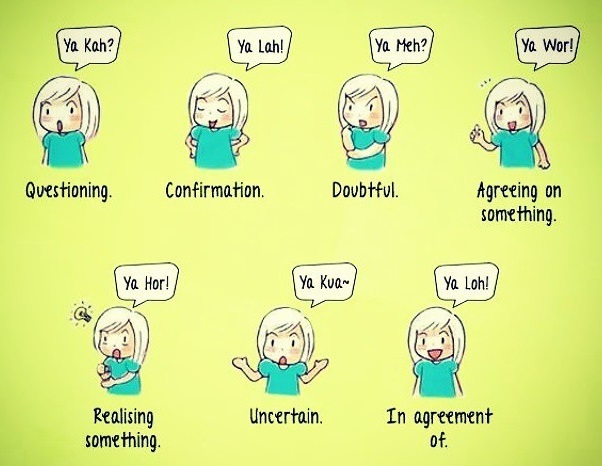
(Credit: EasyUni)
All Malaysians will likely be able to understand the different meanings of our different -lahs, but it’s actually very unique to Malaysian culture!
Even Mandarin-speaking foreigners may struggle to understand our Malaysian Mandarin because of how different it is, in terms of pronunciations and the vocabulary used.
Because of how rojak the language is, most Chinese Malaysians won’t really care if you say Gong Xi Fa Cai or Kung Hei Fatt Choy.
As long as you join in the festivities, we can all have a great Chinese New Year together.
What’s your favourite rojak language? Let us know on our Facebook, Twitter, or Instagram!
Anne is an advocate of sustainable living and the circular economy, and has managed to mum-nag the team into using reusable containers to tapau food. She is also a proud parent of 4 cats and 1 rabbit.




